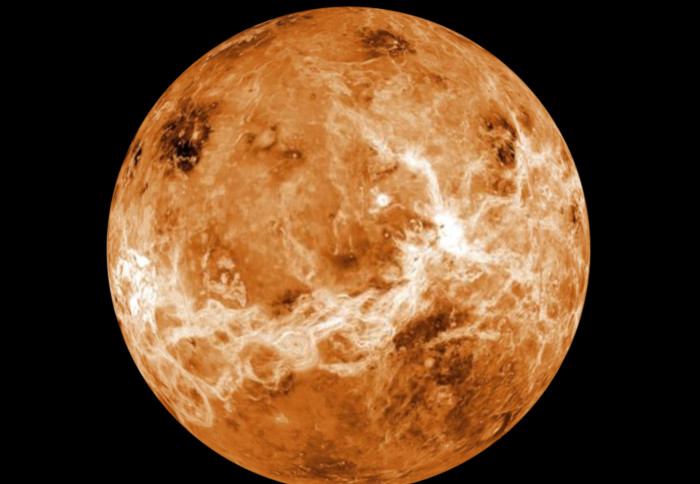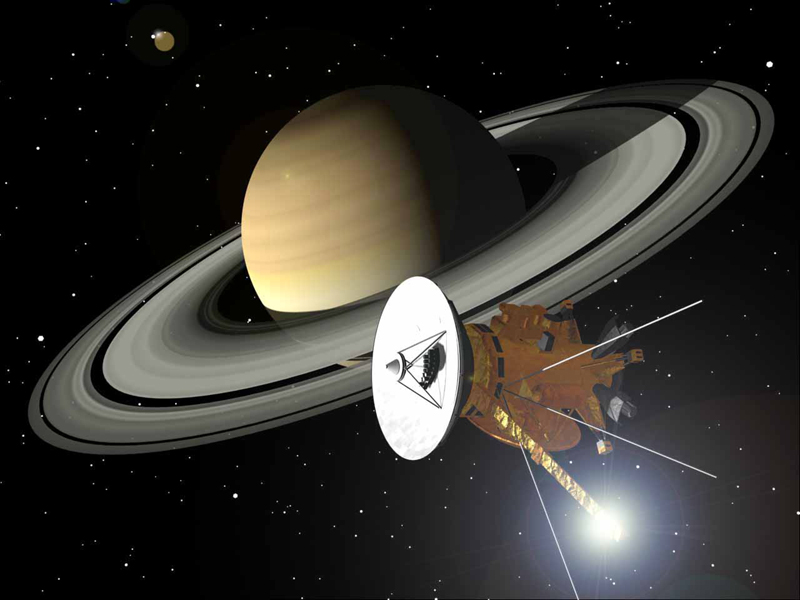Bang! The Complete History of the Universe - book

How did the Universe begin? And how did it come to be the way it is now? Why do we think a “big bang” was involved? And what is the Big Bang theory? If you’ve ever wondered about any of these things and would like a straightforward account of the basics, then Bang! The Complete History of the Universe could be for you.
Celebrity authors
Bang!’s authors have some celebrity status, which would usually put me off, since celebrity books tend to be sold on the author’s fame, not the book’s quality. However I can assure you that these guys know what they’re talking about. Brian May, as the guitarist of the rock group Queen, is famous as a musician and composer. But he also has a PhD in astrophysics from Imperial College, London.
A book by Patrick Moore inspired Brian May’s original interest in astronomy - and that of many others! Sir Patrick is Britain’s best known astronomer, and has presented the BBC TV program The Sky at Night since 1957. Chris Lintott, an astrophysics researcher, has co-presented some of The Sky at Night programs and was one of the founders of the Galaxy Zoo citizen science project.
Cosmology
Having introduced the three astronomers who wrote the book, I now have to tell you that this is not really an astronomy book. It’s a book about cosmology, which is the science of the origin and development of the Universe. The book not only explains the Big Bang theory and how our current knowledge relates to it, but in the final two chapters it considers the possible futures of our Universe.
A scientific theory isn’t a guess. It’s a well-developed idea that can explain the existing facts and, even more importantly, make predictions about what we don’t yet know. The book’s preface compares the twentieth century’s two major competing cosmological theories: the Steady State theory and the Big Bang theory. In the former, the Universe had always existed. It remained much the same over time, because as it expanded new matter was created. The second theory said time and space came into existence at the Big Bang, along with the radiation and matter from which our Universe developed.
I’ve always thought that the Steady State view was more congenial, but the predictions made from the Big Bang theory are supported by subsequent observation, and those of the Steady State theory are not. The book explains how the discovery of the cosmic microwave background radiation killed the Steady State theory.
The good
The current understanding of cosmology is narrated in plain English and additionally, you get a glossary of technical terms. There is a good selection of supporting illustrations and photographs included. And with 13.7 billion years to cover in fewer than two hundred pages, a time line helps you follow the story.
The authors don’t ignore the loose ends either. For example, what was there before the Big Bang? Well, the theory can’t deal with this because time doesn’t exist until the Big Bang. So what is dark matter then? We don’t know, but it’s affected by gravity. And what about dark energy? Um, we don’t really know anything at all about that.
The somewhat ho-hum
I believe that pictures should illustrate or illuminate the text in some way. Even though I understand why publishers insert photos in bunches, I still find it annoying and unhelpful. But I admit that they’re great pictures!
The book is about cosmology, but at the end there are a couple of oddments of sections that look as though someone just couldn’t bear to leave them out. These are the sections on practical astronomy and brief biographies. They aren’t bad and yet it seems a little bit ad hoc, especially in such a short book.
The target audience
The book is aimed at beginners and as such is somewhat more accessible than Hawking’s A Brief History of Time. However if you already have some background in the subject, you would probably find the treatment too simplistic. If you need a more detailed treatment that is still reader-friendly, I would recommend Simon Singh’s Big Bang.
I don’t think the book was written for children, but I’d be willing to recommend it to any keen young reader aged 12 and above. I’m not undervaluing the book, by the way, just standing up for kids who are pretty smart when they’re interested in something.
Brian May, Patrick Moore, & Chris Lintott, Bang!: The Complete History of the Universe, Carlton Books Ltd, London, 2009, ISBN 978-1847323361
NOTE: The copy of the book which I read for this review was borrowed from a friend.
Celebrity authors
Bang!’s authors have some celebrity status, which would usually put me off, since celebrity books tend to be sold on the author’s fame, not the book’s quality. However I can assure you that these guys know what they’re talking about. Brian May, as the guitarist of the rock group Queen, is famous as a musician and composer. But he also has a PhD in astrophysics from Imperial College, London.
A book by Patrick Moore inspired Brian May’s original interest in astronomy - and that of many others! Sir Patrick is Britain’s best known astronomer, and has presented the BBC TV program The Sky at Night since 1957. Chris Lintott, an astrophysics researcher, has co-presented some of The Sky at Night programs and was one of the founders of the Galaxy Zoo citizen science project.
Cosmology
Having introduced the three astronomers who wrote the book, I now have to tell you that this is not really an astronomy book. It’s a book about cosmology, which is the science of the origin and development of the Universe. The book not only explains the Big Bang theory and how our current knowledge relates to it, but in the final two chapters it considers the possible futures of our Universe.
A scientific theory isn’t a guess. It’s a well-developed idea that can explain the existing facts and, even more importantly, make predictions about what we don’t yet know. The book’s preface compares the twentieth century’s two major competing cosmological theories: the Steady State theory and the Big Bang theory. In the former, the Universe had always existed. It remained much the same over time, because as it expanded new matter was created. The second theory said time and space came into existence at the Big Bang, along with the radiation and matter from which our Universe developed.
I’ve always thought that the Steady State view was more congenial, but the predictions made from the Big Bang theory are supported by subsequent observation, and those of the Steady State theory are not. The book explains how the discovery of the cosmic microwave background radiation killed the Steady State theory.
The good
The current understanding of cosmology is narrated in plain English and additionally, you get a glossary of technical terms. There is a good selection of supporting illustrations and photographs included. And with 13.7 billion years to cover in fewer than two hundred pages, a time line helps you follow the story.
The authors don’t ignore the loose ends either. For example, what was there before the Big Bang? Well, the theory can’t deal with this because time doesn’t exist until the Big Bang. So what is dark matter then? We don’t know, but it’s affected by gravity. And what about dark energy? Um, we don’t really know anything at all about that.
The somewhat ho-hum
I believe that pictures should illustrate or illuminate the text in some way. Even though I understand why publishers insert photos in bunches, I still find it annoying and unhelpful. But I admit that they’re great pictures!
The book is about cosmology, but at the end there are a couple of oddments of sections that look as though someone just couldn’t bear to leave them out. These are the sections on practical astronomy and brief biographies. They aren’t bad and yet it seems a little bit ad hoc, especially in such a short book.
The target audience
The book is aimed at beginners and as such is somewhat more accessible than Hawking’s A Brief History of Time. However if you already have some background in the subject, you would probably find the treatment too simplistic. If you need a more detailed treatment that is still reader-friendly, I would recommend Simon Singh’s Big Bang.
I don’t think the book was written for children, but I’d be willing to recommend it to any keen young reader aged 12 and above. I’m not undervaluing the book, by the way, just standing up for kids who are pretty smart when they’re interested in something.
Brian May, Patrick Moore, & Chris Lintott, Bang!: The Complete History of the Universe, Carlton Books Ltd, London, 2009, ISBN 978-1847323361
NOTE: The copy of the book which I read for this review was borrowed from a friend.
You Should Also Read:
Bang! - The Universe Verse - book review
The Bluffer's Guide to the Cosmos - book review
George's Secret Key to the Universe - book review

Related Articles
Editor's Picks Articles
Top Ten Articles
Previous Features
Site Map
Content copyright © 2023 by Mona Evans. All rights reserved.
This content was written by Mona Evans. If you wish to use this content in any manner, you need written permission. Contact Mona Evans for details.







